To The Moon and Back…Again
On September 14, 1956, the Luna 2 space module was the first man-made object to ever touch the moon or any celestial body in space. Thirteen years later, on July 20, 1969, the Eagle lunar lander, part of the Apollo 11 mission, touched down on the moon. Unlike the Luna 2, the Eagle was American (Luna was Russian) and it had humans on board. Six hours after the Eagle touched down on the moon, NASA astronauts, Neil Armstrong and Buzz Aldrin, set their feet down on the surface while Michael Collins piloted the command module, Columbia, orbiting above. For two hours, the two astronauts studied the surface of the moon, planted a flag, and gazed upon the desolate landscape before crawling back into the part of the Eagle that would take them back.
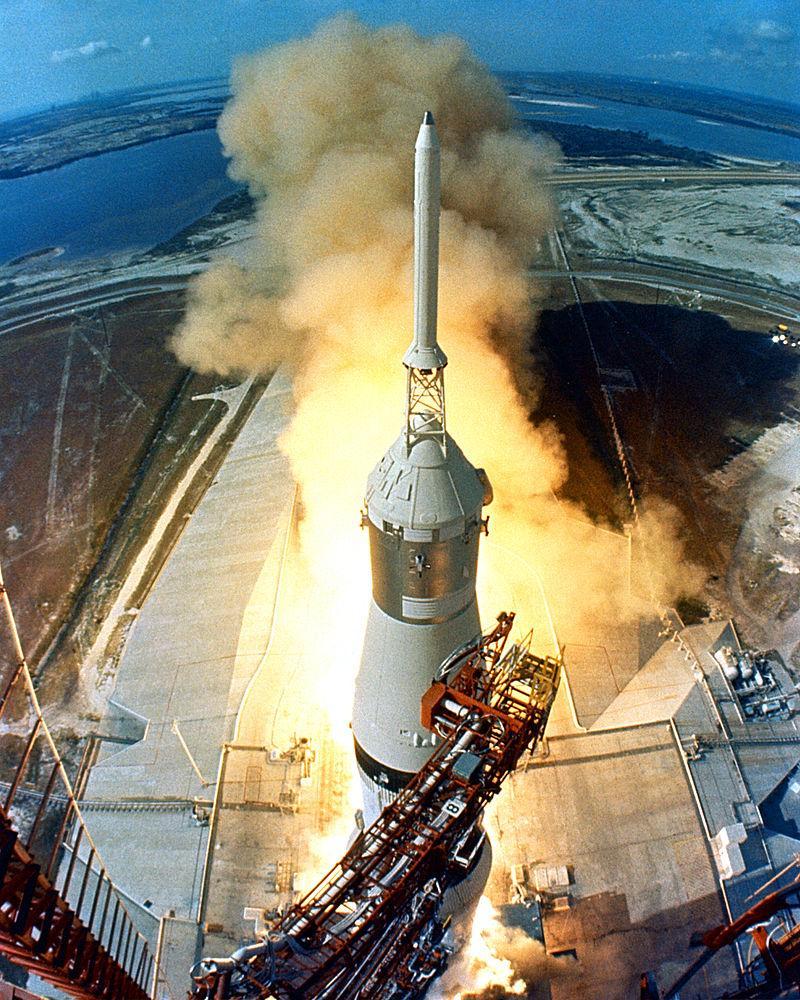
It has been 48 years since NASA and the Eagle landed on the moon and 24 astronauts have traveled to the moon in 6 successful Apollo missions between 1969 and 1972. It has also been 45 years since humans have done any deep space travel. While NASA was the way of space travel back in the 70’s, budget cuts from the United States government have toned down the space agency. Despite NASA not having any plans to visit the moon anytime soon, SpaceX, a private aerospace manufacturer, has decided to follow in NASA’s footsteps.
On Monday, February 27, 2017, SpaceX CEO Elon Musk announced that two private citizens have contracted SpaceX to send them around the moon. Musk said that both have sent in significant deposits to book their lunar flight and are very serious about the mission. When asked who the two are, Elon Musk declined to say. He didn’t mention how much they paid or even what gender they are. This has led many people to wonder who the two mystery astronauts are. What Musk has said is that the two people are not from Hollywood and they do know each other. This crushes many people’s dreams of a Singin’ in the Rain in Space. In an interview conducted with Joel Pixley, a student at Air Academy High School, he stated that he wants to see Elon Musk and Warren Buffett make the perilous journey.
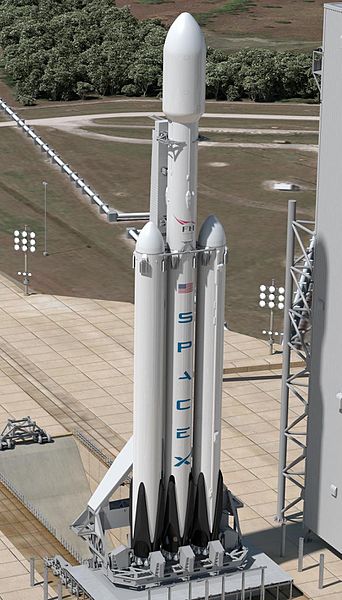
According to Musk, astronaut training is going to begin later this year for the two. The two will be well prepared for any emergencies and how to handle them. They will take the Dragon 2 space capsule and the Falcon 9 Heavy rocket. The Dragon 2 is currently in development with the help of NASA funding and is expected to have its first unpiloted test flight later this year along with the first manned flight in the first half of 2018. The first flight of the Falcon 9 rocket is scheduled to be later this summer. The Falcon 9 is expected to generate 5 million pounds of thrust and is to be the biggest rocket since NASA’s Saturn V rocket, the rocket that was used to take man to the moon. However, the Falcon 9 will only be two-thirds as powerful as the Saturn V. Due to the time between the test flights and the proposed moon mission, many believe that the moon mission will not happen in 2018. One of these skeptics includes the Government Accountability Office. Despite criticism, SpaceX managers insist that they will fulfill the plan.
The mission is expected to last a week and SpaceX will use a free-return trajectory strategy in the mission. A free-return trajectory is where the spacecraft uses the gravity of an object, in this case, the moon, to catapult itself across space. This is the same technique that Tom Hanks and the Apollo 13 crew used to return to Earth after an oxygen tank exploded onboard. With the time frame between testing and the mission, there is a lot of risks involved. Musk says that SpaceX will do everything they can to minimize the risk including using the free-return strategy which will prevent using the rockets multiple times. Musk says that the passengers are well aware of the risks and are willing to brave it. Referring back to my interview with Joel Pixley, he said that as long as SpaceX could make sure that he could come back alive, then he would have no problem riding on experimental rockets that could explode at any time or get him lost in deep space.
To some, this big step for SpaceX would seem like a smack in the face to NASA, who has wanted to go back to the moon but hasn’t been able to due to budget cuts. However, NASA has a healthy relationship with SpaceX and even saved them from bankruptcy back in 2012. NASA has also funded the development of the Dragon 2 space capsule, the one that will be used on this lunar mission. NASA is even kind enough to let SpaceX launch rockets at Cape Canaveral, the location of all of the famous NASA launches ranging from space shuttles to Apollo. In return, SpaceX has stated that NASA astronauts have a priority in launches over private citizens. They have also agreed to send the SpaceX Falcon 9 Heavy rocket and Dragon 2 capsule to the ISS around 4 times a year, 3 of them being unmanned to bring cargo and the 4th being a manned mission to bring and take crewmen to and from the station. This will allow NASA to end their reliance on the Russian Space Agency for space station operations.
While this moon mission is a big step for SpaceX, this is only a small part of their plan. With NASA’s help, they plan to send an unpiloted Dragon space capsule to Mars by 2020. SpaceX also has a long-range goal of sending humans to Mars and eventually creating a self-sustaining colony on the red planet that could be the future of mankind.
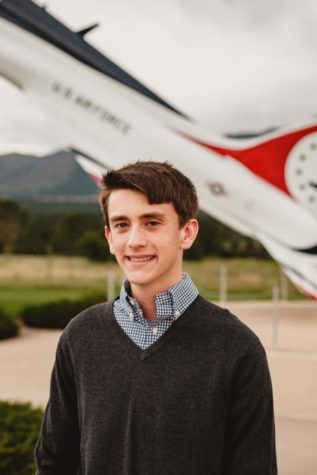
Hi, my name is Jake Werner and this is my staff profile. I am a Copy Editor, the Fun Facts editor, and the editor of the Jetcast and this is my second...



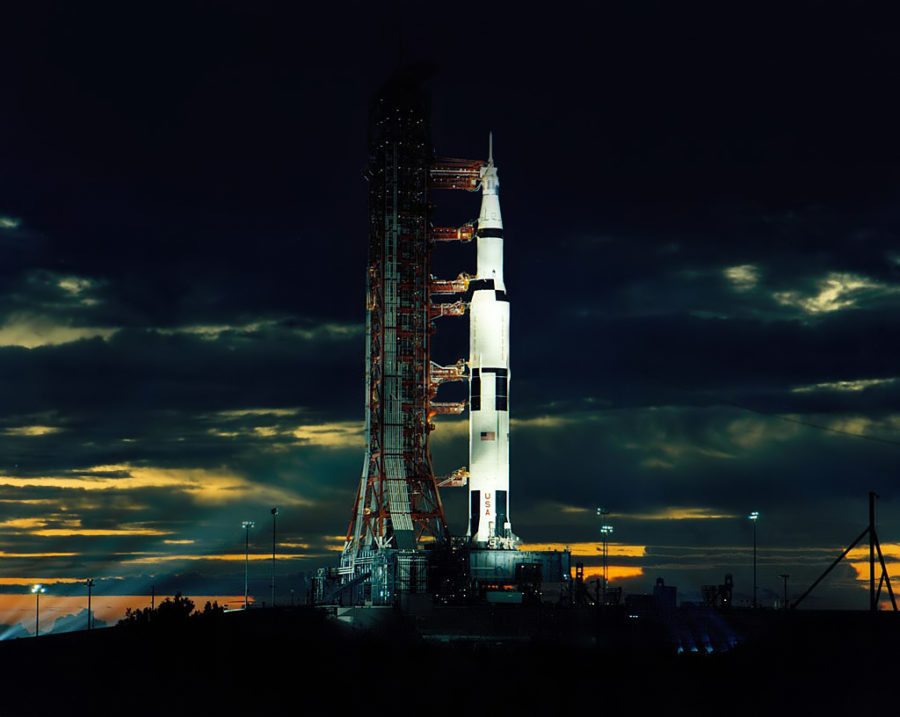





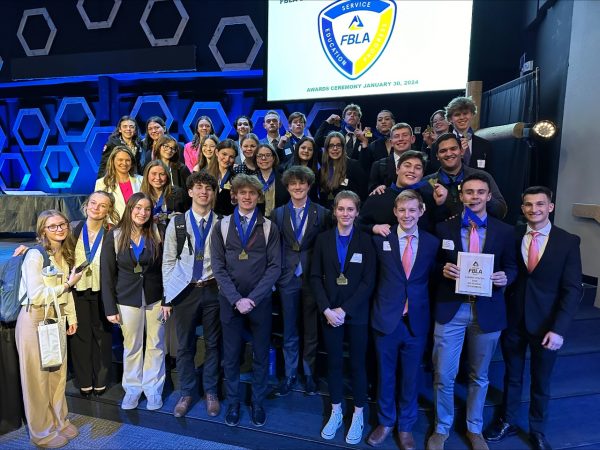


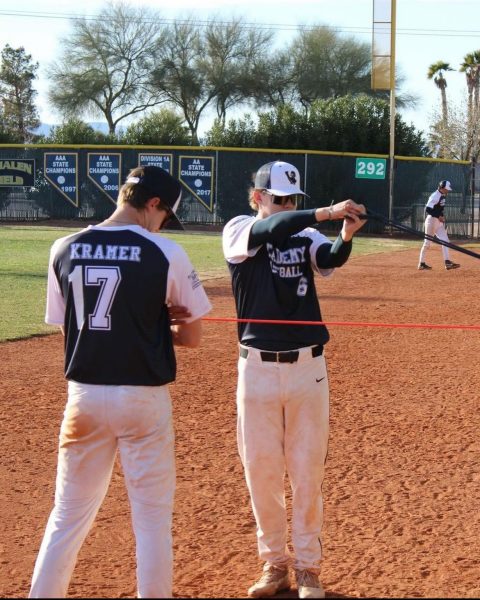





Patrick Taylor • Mar 16, 2017 at 2:16 pm
Wow, amazing factual story Jake! Great Job!
Ryan Self • Mar 16, 2017 at 12:23 pm
Wow this is an amazing story!
Joseph Cordaro • Mar 16, 2017 at 12:21 pm
Cool, I’m excited to see what happens and who these two mystery astronauts are.
Carter Rodny • Mar 16, 2017 at 12:10 pm
With private space travel does research or entertainment seem to be the primary goal of the industry?